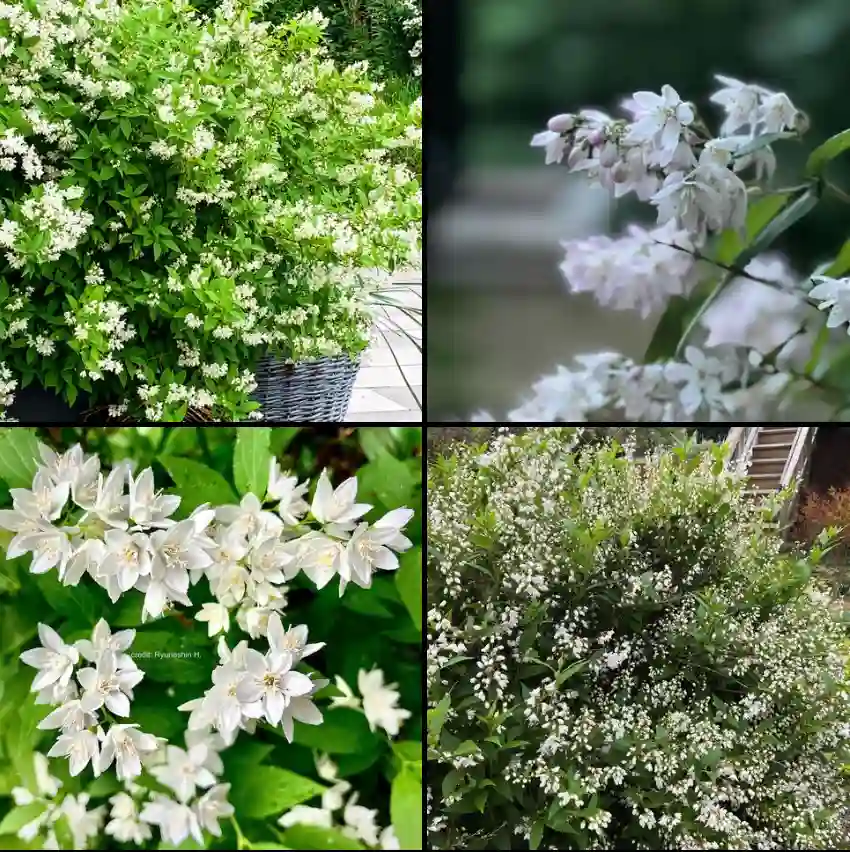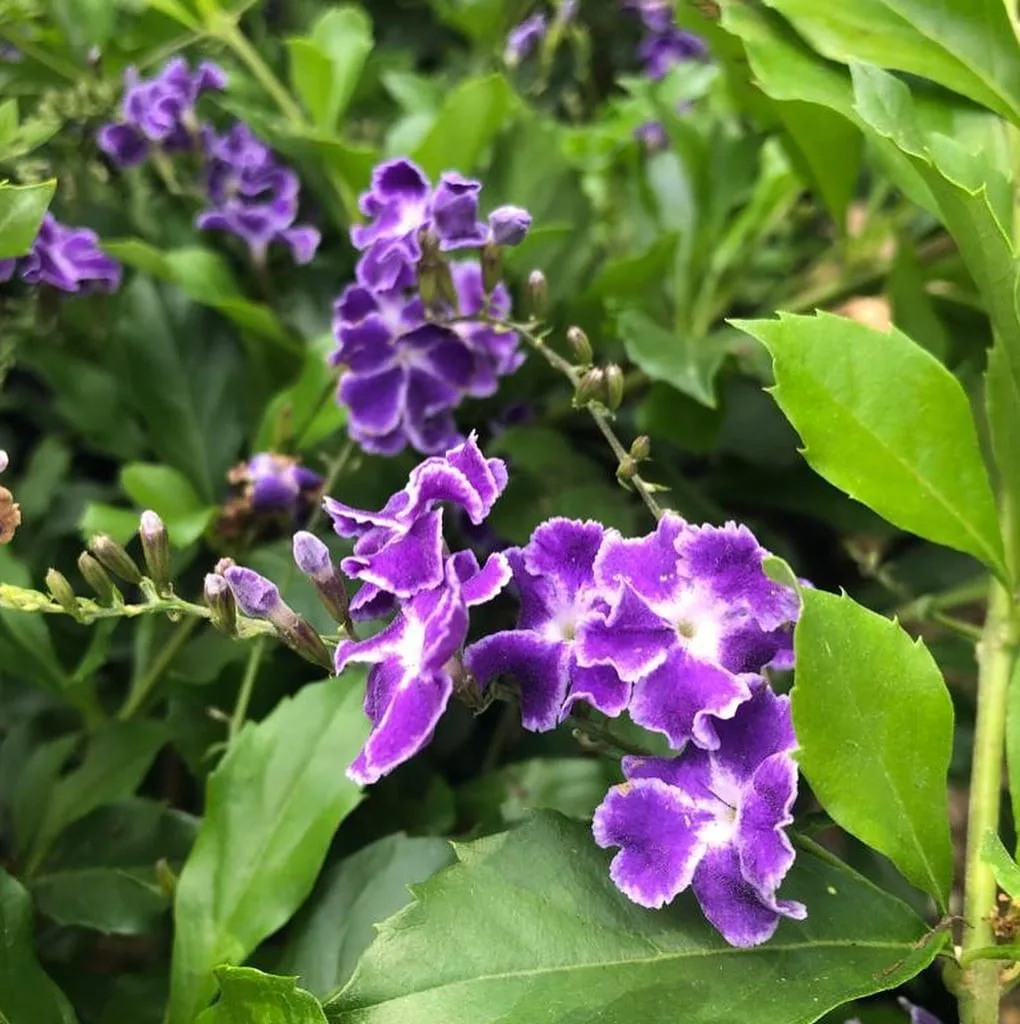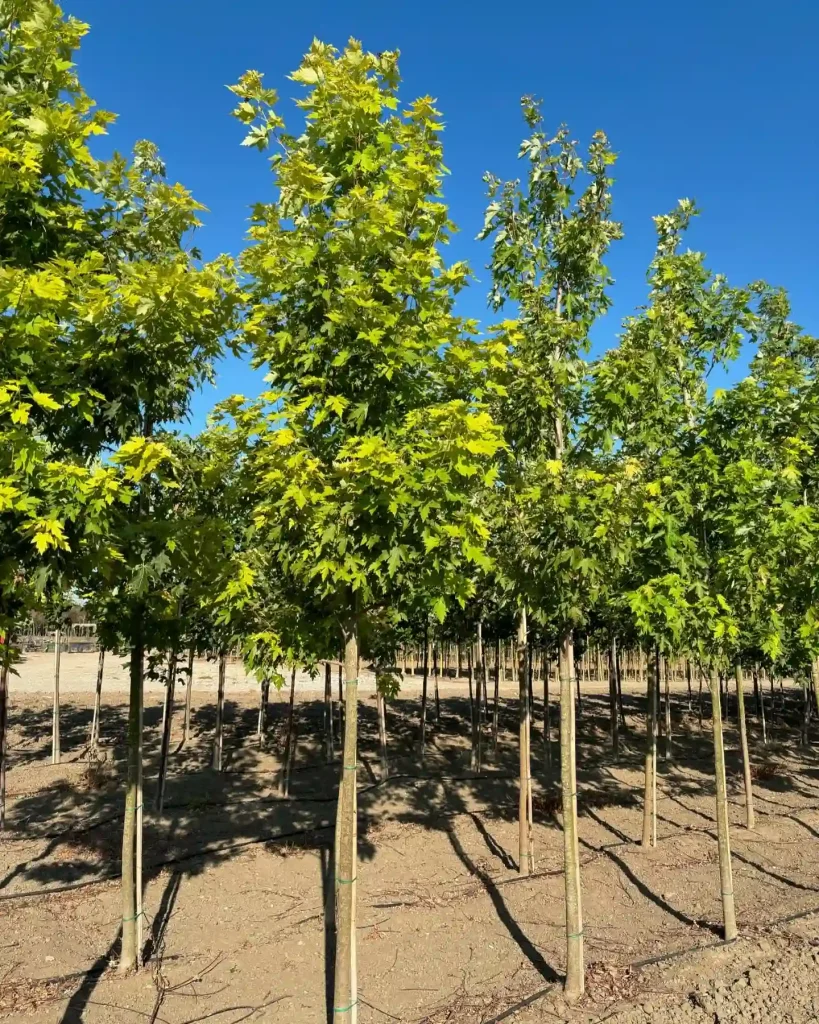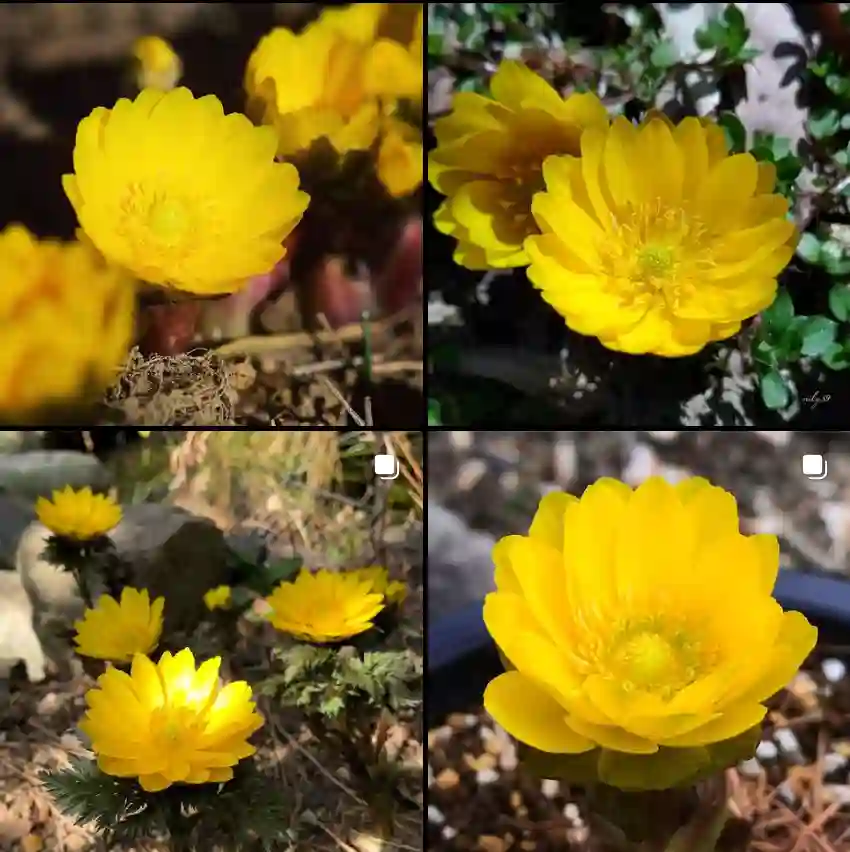Acer Truncatum FAQs: Everything You Need to Know
As a passionate gardener, I’ve spent a lot of time researching and growing various trees, and one that’s caught my attention recently is the Acer Truncatum, commonly known as the Shantung Maple. This beautiful tree is prized for its vibrant fall color and unique foliage, but it comes with its own set of questions and concerns. Here’s a comprehensive guide to some of the most frequently asked questions about Acer Truncatum.
168 Species in Genus Acer – Maple Tree
Do Acer Truncatum Trees Have Surface Roots?
One of the common questions I hear is about the root system of Acer Truncatum. Do these trees have surface roots? In my experience, Acer Truncatum trees can develop surface roots, especially if they are planted in compacted soil or if the soil is too dry. While their roots are generally not as aggressive as some other species, it’s still a good idea to keep an eye on them. Surface roots can sometimes interfere with lawn maintenance or landscaping, so proper site selection and soil management are key.
What Is the Best Soil for Acer Truncatum?
Acer Truncatum thrives in well-drained soil with a slightly acidic to neutral pH. It prefers loamy or sandy soil that retains moisture but doesn’t become waterlogged. In my garden, I’ve found that incorporating compost into the soil helps improve drainage and nutrient content, which benefits the tree’s growth and overall health.
How to Care for Acer Truncatum?
Caring for Acer Truncatum involves a few key practices. Here’s what I’ve learned from my own experience:
- Watering: Regular watering is crucial, especially during the first few years as the tree establishes itself. I water mine deeply once a week during dry periods.
- Pruning: Light pruning helps maintain the tree’s shape and remove any dead or crossing branches. I usually do this in late winter or early spring before new growth starts.
- Fertilizing: I apply a balanced fertilizer in early spring to promote healthy growth. Avoid over-fertilizing, as this can lead to excessive foliage and reduced disease resistance.
How to Propagate Acer Truncatum?
Propagation of Acer Truncatum is typically done through seed or cuttings. I’ve tried both methods:
- From Seed: Collect seeds in the fall and stratify them by keeping them in a moist, cold environment for several months. Sow the seeds in a well-draining seed-starting mix and keep them warm until germination.
- From Cuttings: Semi-hardwood cuttings taken in late summer can be rooted in a mix of perlite and peat. Use a rooting hormone to increase the chances of success.
What to Plant with Acer Truncatum?
Acer Truncatum pairs well with a variety of other plants. In my garden, I’ve successfully combined it with:
- Ground Covers: Creeping Thyme or Periwinkle adds color and reduces soil erosion.
- Flowering Shrubs: Azaleas or Rhododendrons complement the tree’s foliage with their vibrant blooms.
- Grasses: Ornamental grasses like Fountain Grass provide texture and contrast to the tree’s leaves.
Can You Grow Acer Truncatum Indoors?
Acer Truncatum is best suited for outdoor environments due to its size and growth requirements. While it can be grown in a large container for a time, it’s not an ideal indoor plant. The tree needs ample sunlight and space to thrive, which can be challenging to provide indoors.
Is Acer Truncatum Toxic?
Acer Truncatum is not considered toxic to humans or pets. However, it’s always a good idea to supervise pets around plants and consult with a professional if you have specific concerns.
Benefits of Growing Acer Truncatum
There are several benefits to growing Acer Truncatum:
- Attractive Foliage: The tree’s leaves turn vibrant shades of yellow, orange, and red in the fall, adding stunning color to your garden.
- Compact Size: It’s a relatively small to medium-sized tree, making it suitable for smaller gardens or urban settings.
- Low Maintenance: Once established, Acer Truncatum requires minimal care compared to other trees.
Common Problems with Acer Truncatum
Despite its many advantages, Acer Truncatum can encounter some issues:
- Leaf Scorch: This can occur during hot, dry weather. Regular watering and mulching can help prevent it.
- Pests: While generally pest-resistant, it can occasionally suffer from aphids or scale insects. Regular inspection and treatment can keep these in check.
How Does Acer Truncatum Compare with Similar Trees?
Acer Truncatum is often compared with other maples, such as the Acer Palmatum (Japanese Maple) and Acer Rubrum (Red Maple). Here’s how they stack up:
- Acer Palmatum: Japanese Maples have more delicate foliage and a wider range of leaf colors but often require more care and protection from harsh weather.
- Acer Rubrum: Red Maples are larger and more vigorous, with striking red fall color. However, they have more aggressive root systems and require more space.
In conclusion, Acer Truncatum is a versatile and beautiful tree that offers plenty of benefits with proper care. Whether you’re considering it for its fall color or its relatively low maintenance, it’s a worthy addition to any garden.
If i die, water my plants!



